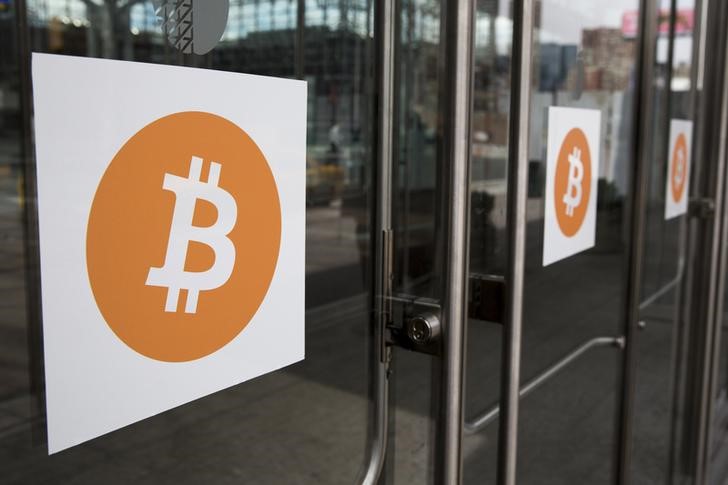Benzinga - By Henrik Gebbing, Co-Founder & Co-CEO of Finoa
While the collapse of FTX and other high profile centralized crypto providers in 2022 have cast a long shadow over the crypto industry, the outlook isn’t completely bleak. There has certainly been a sharp decline in retail activity, perhaps exacerbated by fears over the wider market conditions but, as a regulated crypto custodian, we are seeing plenty of activity from institutional investors in the space. The uncertainty is instead around who to partner with when choosing providers and, more immediately, where to safely store crypto assets. We are seeing an increase in the number of institutional investors who want to move their crypto assets off exchanges, either looking for self-custody (which isn’t the most convenient solution for institutional activity) or, more commonly, a move towards trusted, reputable custodians.
A reputable custodian - typically regulated by their local financial authority - will always keep their customers’ assets off the balance sheet and segregated from company assets; ensuring that these assets aren’t then exposed to any financial risks associated with activities such as trading or lending. However, the majority of crypto exchanges and other crypto providers will take their customer deposits on their balance sheet and, should they face financial trouble, all assets (both customer and non-customer assets) can be used to serve the business’ total outstanding liabilities. If these crypto providers lack internal governance and a clear regulatory ruleset and oversight, it’s lately materialized as an additional risk for customers that they may only receive a fractional pay-out in the event of an insolvency.
The role of transparency and “On-Chain CeFi” To address the increased scrutiny in the market, the default response from many crypto exchanges towards the close of the year has been a race to provide “proof of reserves”, to demonstrate that they have adequate funds to back clients' deposits one-to-one and to mitigate any fears of liquidity crunches. While this has provided some transparency over what is on the balance sheet, it should be noted that “proof of reserves” often only demonstrates that certain wallets, held by the crypto exchange, hold a given amount of assets. Ideally those assets should fully collateralise customer deposits (customer liabilities) in a one-to-one or bigger ratio.
However, as seen with the most recent audits on “proof of reserves” provided by some exchanges, this approach isn’t always clear and is often non-holistic. These proof of reserves often only verify wallets for a fraction of the traded tokens on the exchange (typically larger market cap tokens only), and they don’t give a clear indication about the general financial health of the company, as non-customer liabilities are disregarded. Furthermore, many liabilities, both with customers or not, for crypto exchanges occur off-chain (e.g. for centralized lending), where on-chain “proof of liabilities” become incomplete.
Reputable crypto providers will always keep customer assets off their balance sheet, and in on-chain segregated wallets, where the “proof-of-reserve” can be verified at any time by the customer through blockchain explorers in the “Don’t trust, verify” model. At Finoa, we have termed this “On-chain CeFi'' to differentiate this on-chain model from other CeFi players. Best practice here is a combination of the technical (on-chain segregation) and financial (off-balance sheet accounting) segregation of customer assets from any other company assets.
The role of regulation 2022 has taught us that pure self-governance doesn’t have enough power in the crypto industry to mitigate risk. A transparent and dedicated regulatory framework in trusted jurisdictions for crypto providers operating with customer deposits, for all CeFi, on-chain or not, is key to further re-establishing the trust and confidence throughout an industry where many crypto providers still operate with a wide range of off-chain liabilities. While on-chain customer asset transparency is a major step towards decentralized, customer-owned verification of a provider’s operations, additional regulatory oversight and independent auditing is an important cornerstone in rebuilding confidence. This should encompass the financial statements, but also, the operational, technical and risk management compliance of a given provider, to holistically evaluate their business practices.
Existing and incoming regulation, such as crypto regulation in Germany and MiCA on a European level, will do something to rebuild trust within crypto as they will (mostly) prevent the same errors from happening again.
The future of crypto The crypto industry was built on an ideology of decentralization, but increasingly we are seeing the important role that centralized counterparties have to play in creating better practices, as well as blending the benefits of DeFi with the simplicity, usability and reliability of traditional financial services products.
The crypto industry is still working towards the long-term goal of a decentralized system where there is no need to trust any centralized institution, but rather verify everything on-chain. Everything should be transparent, immutable, and verifiable to everyone. In the short-term, if we are to see CeFi crypto providers regain customer trust, they must continue to increase their level of transparency, on-chain segregation and trusted regulatory setup with independent auditing.
© 2023 Benzinga.com. Benzinga does not provide investment advice. All rights reserved.
